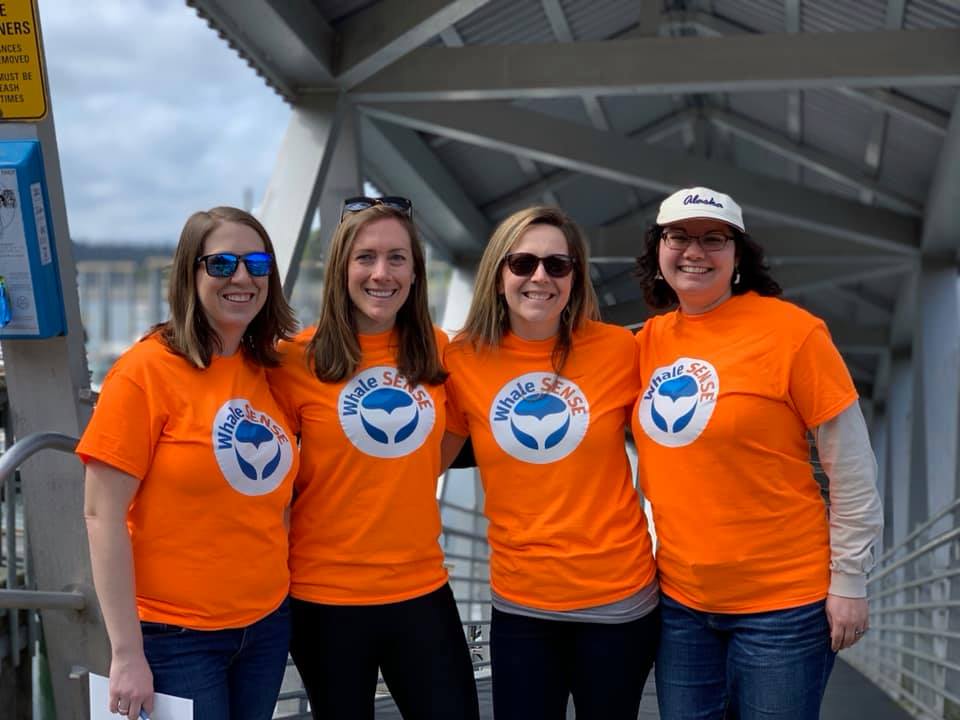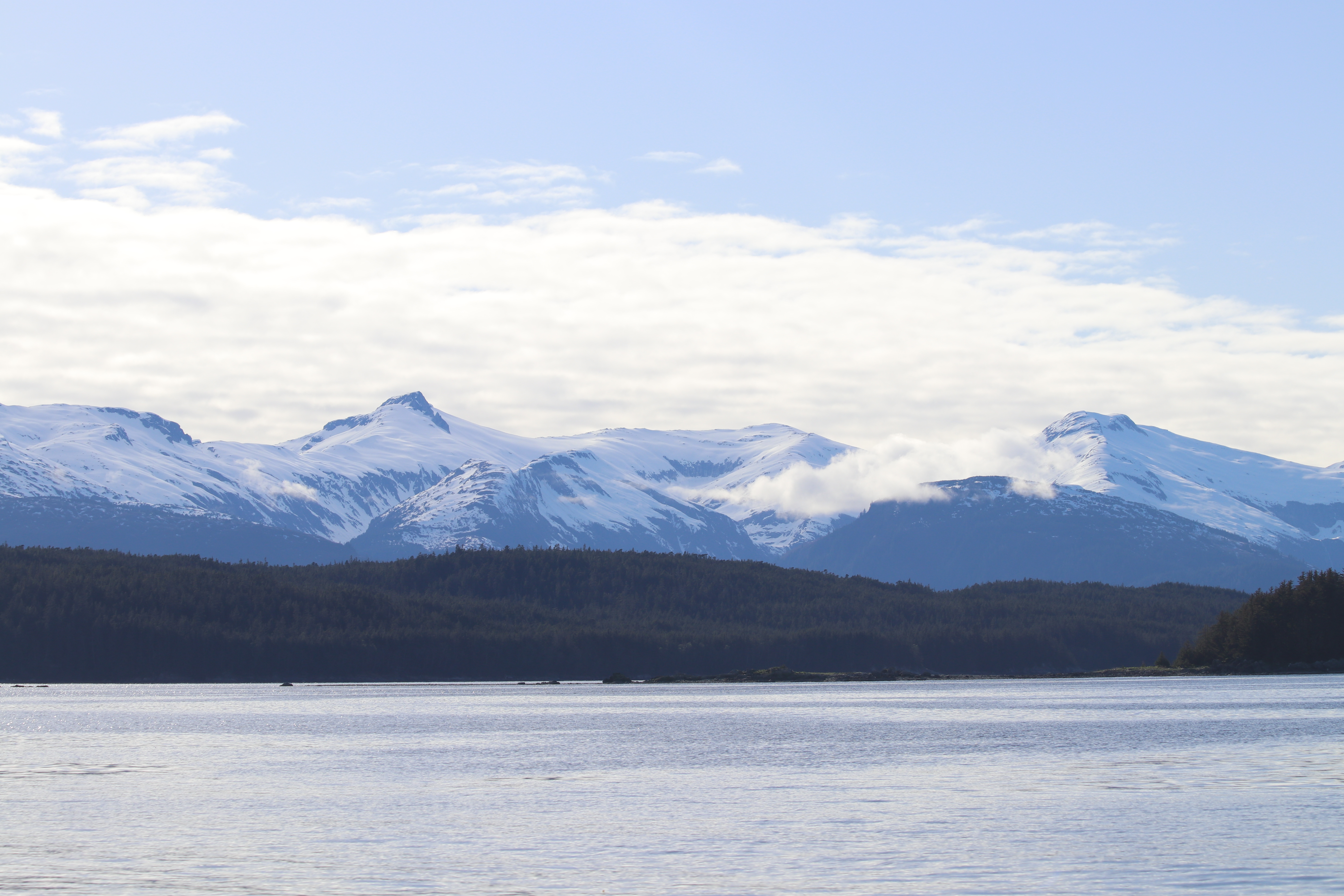When I started as an intern at Whale and Dolphin Conservation, the Whale SENSE program was just being launched. I’m proud to say that Whale SENSE is turning 10 years old this year! I was chatting with our Whale SENSE partners in the NOAA offices both in Massachusetts and Alaska and we were brainstorming the best way to celebrate this huge milestone. A party and a cake didn’t seem sufficient, so we decided it was time that the coordinators from each region (Atlantic and Alaska) saw and experienced what it was like to whale watch on the other side of the country – our version of an exchange program! We wanted to be able to see first-hand how the program works in each region and to be able to put faces to names with some of our participating companies. In April, Whale SENSE Alaska coordinators Suzie and Ali came to Massachusetts – you can read about their trip here. This month, it was my turn to venture to Juneau, Alaska!

Each spring, WDC co-hosts a workshop for whale watch naturalists to learn about most recent science, policy, and outreach projects happening along the east coast of the US. Similarly, the Juneau Marine Naturalist Symposium is a way to gather many local naturalists as the whale watch season kicks off in Alaska. The goal is to equip naturalists with a range of current and accurate information to share with their hundreds of thousands of passengers each year. After all, one of the key elements of Whale SENSE is to provide engaging education for passengers to empower them to become stewards for the ocean and marine life. As part of our exchange program, Ali and Suzie presented at our workshop and I was given the opportunity to talk to approximately 75 Alaska naturalists and crew members about the journey from whaling to whale watching in two different regions where WDC focuses our efforts, New England and the Eastern Caribbean. I also highlighted the need for responsible whale watching practices in now-thriving industries, like Juneau!
As it turns out, Juneau liked having me there as much as I like being there, because, despite its reputation for “rainforest” type weather, I only had two rainy days before the skies cleared and the sun came out, presenting the most beautiful mountain peaks! I could not get past how amazing the landscape was. Having lived my whole life in flat, coastal areas, I try to never take a mountain view for granted. This one was spectacular and had the added bonus of a glacier just a short trip inland! I’ve had a few people ask me what part of the trip was my favorite, and it’s not an easy question to answer. But here are a few of my highlights:
-Catching up with two of WDC’s former interns, thriving after their internship with us. We always try to keep in touch with our alumni and love seeing that they are doing well!

-Walking past local businesses who were displaying their Whale SENSE Proud Supporter stickers in their storefronts, helping us to raise awareness for responsible whale watching
-Going on a whale watch and seeing many Whale SENSE Alaska operators in (responsible) action out on the water
-Seeing whales, of course! This included two humpback mothers with their young calves in tow

-Helping coordinate the first annual Juneau Whale SENSE beach clean-up . We had such an enthusiastic group of people. Everyone genuinely had a great time and collected a ton of stuff!

-Watching my Whale SENSE colleagues, Ali and Suzie, in action, working hard to make meaningful improvements to the whale watching industry and the welfare of local marine species. I am in awe of their dedication!
Did I mention the mountains??

Look before you book!
Whale SENSE has nearly 40 operators throughout the Atlantic and Southeast Alaska. Find a responsible whale watch by looking at our list of Whale SENSE participants!

